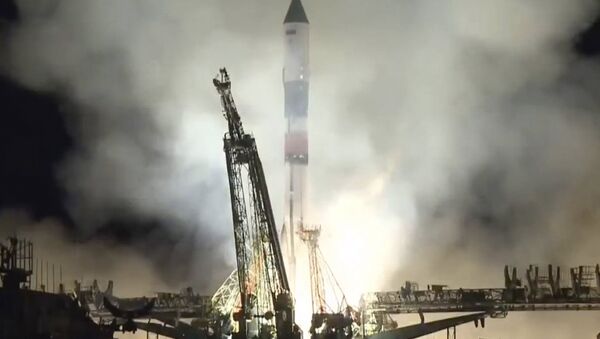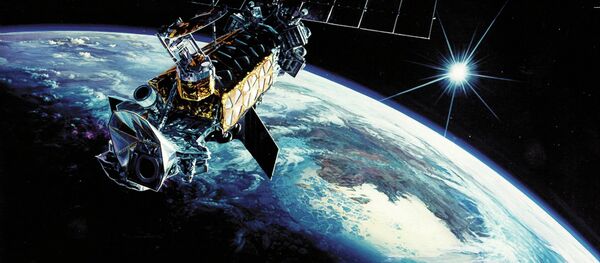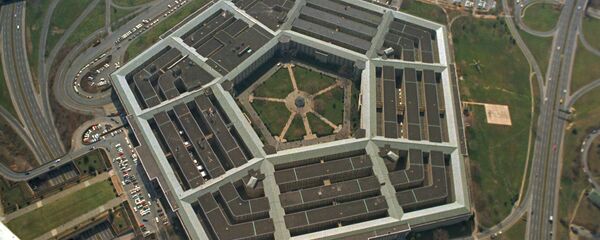"Russia likely is pursuing laser weapons to disrupt, degrade, or damage satellites and their sensors", the report said Monday.
Prior to July 2018, the report added, Russia began delivering a laser weapon system to the Aerospace Forces that is likely intended for an antisatellite (ASAT) mission.
Moreover, the document also claims Russia is developing enhanced on-orbit dual-use technology that can be used to attack and permanently disable satellites.
"Russia continues to research and develop sophisticated on-orbit capabilities that could serve dual-use purposes", the report said Monday. "Inspection and servicing satellites […] could also be used to approach another country’s satellite and conduct an attack that results in temporary or permanent damage".
WATCH: Delta IV-Heavy Rocket With US Spy Satellite Blasts Off From California
In addition, Russia and China, according to the report, were enhancing counter-space capabilities that would challenge the US military’s dominance in that domain. The report also accused Russia and China of pushing proposals that limit the militarization of space but leave room for both countries to build counter-space weaponry.
The 1967 Outer Space Treaty bans the deployment of weapons of mass destruction into space or installing such weapons on celestial bodies. The treaty has been ratified by more than 100 countries including the United States, Russia, China, and North Korea.
Development of orbital weaponry was largely halted after the 1967 Outer Space Treaty and the 1979 SALT II Treaty came into force. These agreements prohibit the placement of weapons of mass destruction (but not other weapons) in space.
READ MORE: North Korea Finishes Advanced New Recon Satellite — Reports
In 2008, Russia and China put forward for the discussion at the Disarmament Conference the draft Treaty on the Prevention of the Placement of Weapons in Outer Space, the Threat or Use of Force Against Outer Space Objects. The document sought to maintain outer space free of weapons and open for peaceful research by all states without exception.
Last year, US President Donald Trump said the United States was creating a space force to catch up with China and Russia. In September 2018, Moscow warned Washington against deploying conventional arms in space, saying that the international community had to adopt an agreement on the issue.
READ MORE: China Warns US Against ‘Turning Space Into the New Battleground'
However, US Vice President Mike Pence said later in October that the United States fully supports the 1967 Treaty and has no intention to alter the document.



